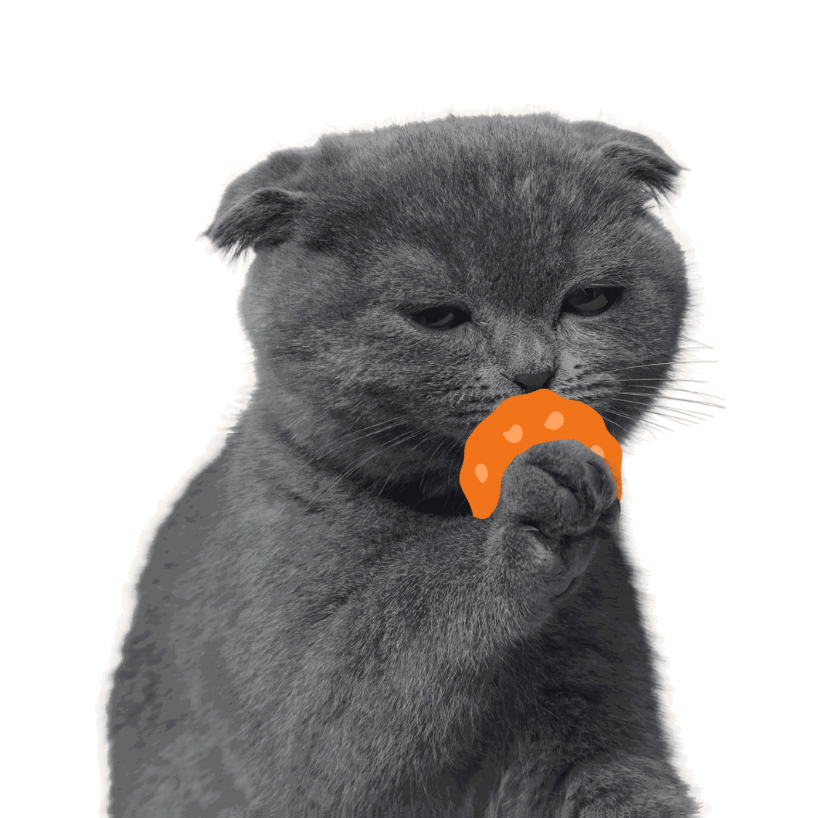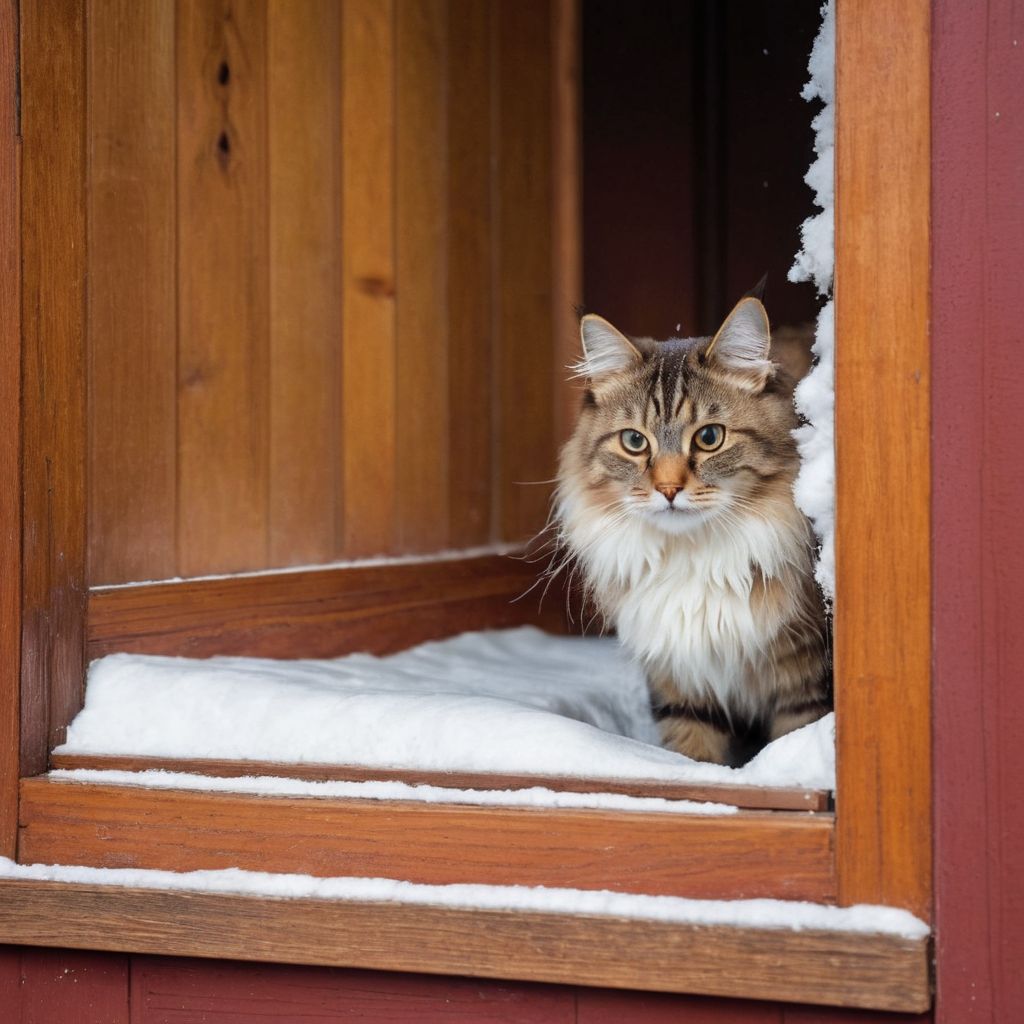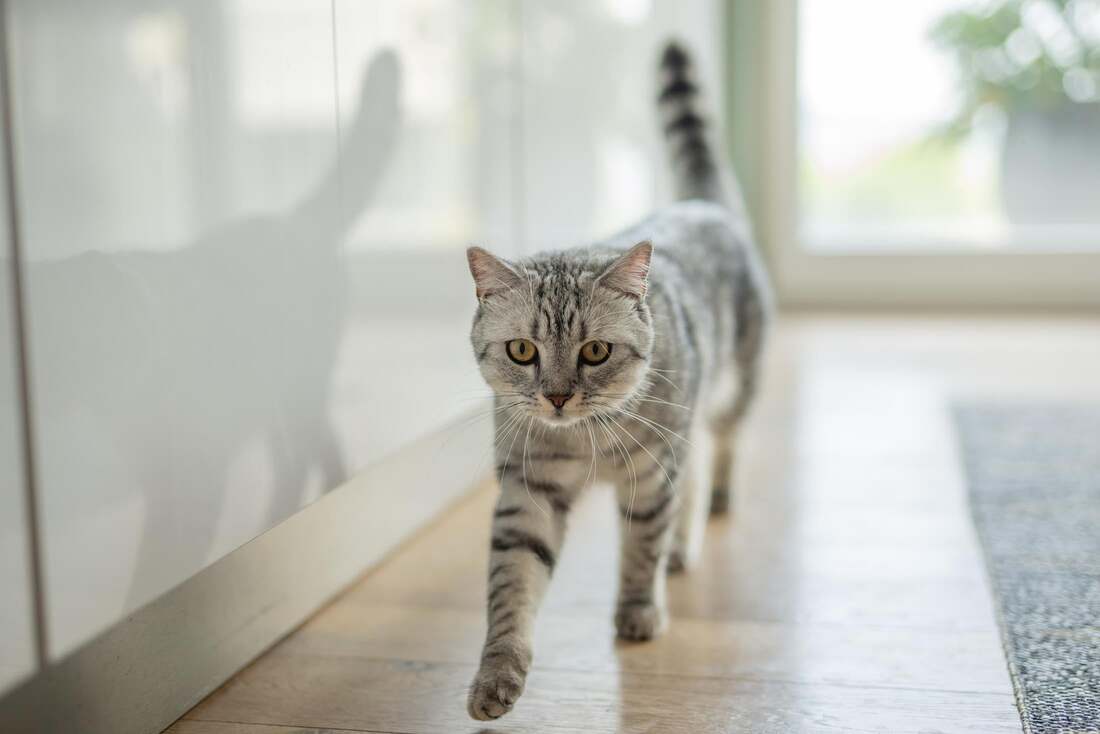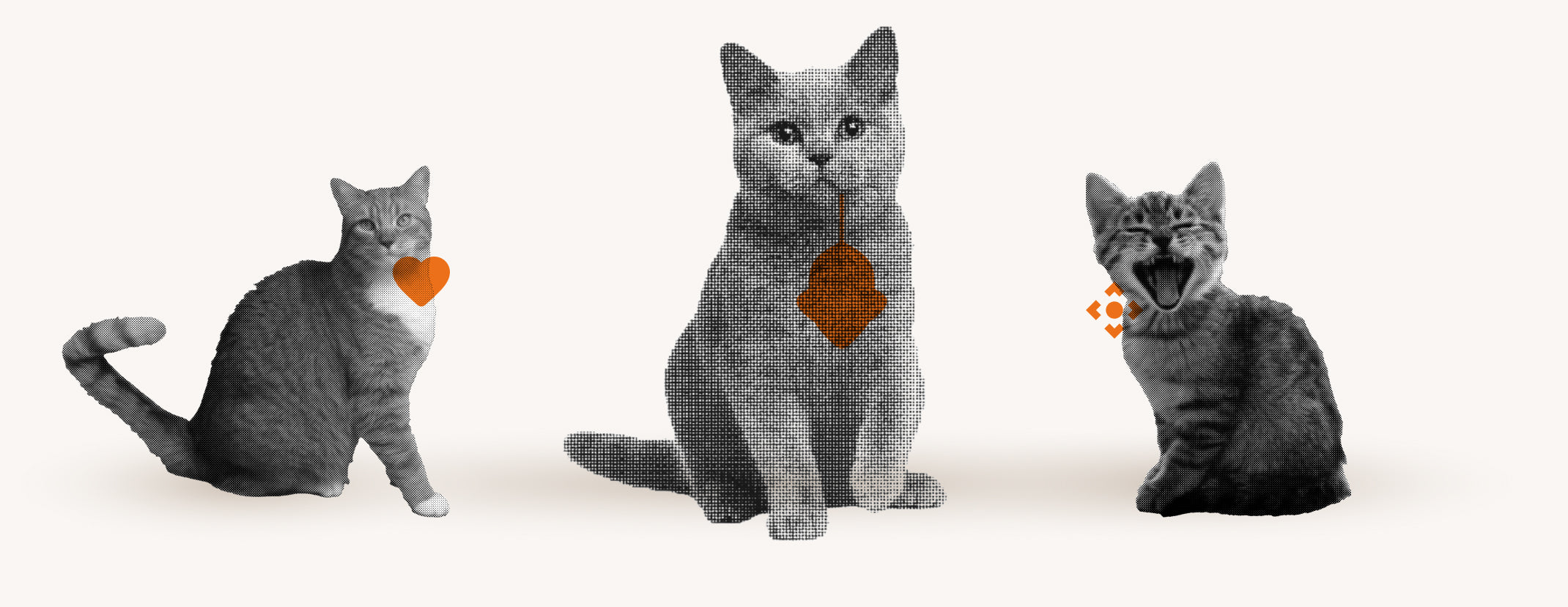Winter is just around the corner, and with it comes the challenge of keeping our four-legged friends warm and safe.
Especially with cat flaps, it can be difficult to keep the cold out while still giving your cat freedom.
A well-insulated and tightly sealed cat flap can be the solution here.
This article will tell you how to winterize your cat flap, what mobile solutions are available, and how modern technologies can help.
Tips for winterizing your cat flap

To winterize your cat flap, it's important that it's well-insulated and doesn't let cold air into the house. Start by checking the seals and making sure they don't have any cracks or holes. If necessary, replace them or add extra sealing strips to improve insulation.
Another important step is attaching insulating material to the inside of the cat flap. Materials such as foam panels or thermal curtains are suitable for this purpose; you can cut them to size and easily install them. These measures not only keep the heat in the house but also provide effective protection against wind and rain.
Finally, you should also provide wind and rain protection for your cat flap. A roof or a vent can prevent rain from getting in and also help keep the cat flap securely closed. Magnetic strips along the bottom edge of the flap can further help to close it securely and protect it from the wind.
Advantages of mobile cat flaps in winter

Mobile cat flaps offer particular advantages in winter, as they are flexible in their placement and better insulated against the cold. A mobile cat flap can be placed in a more sheltered location on the coldest days, making it an ideal solution for cold winter months.
The flexible installation also means you can quickly and easily remove the cat flap if needed. This is especially practical for renters who aren't allowed to make permanent alterations to their apartment. Furthermore, a portable cat flap allows your cat access to the outdoors even in cold weather, without the need to constantly open the door.
Cat flaps with roller shutters: solutions for winter

A technical challenge in winter is integrating the cat flap into the roller shutter box. This allows the roller shutter to continue functioning as insulation against heat and cold, while the cat retains its own entrance. It is important that the flap closes tightly and no thermal bridges are created.
Automatic roller shutter systems can be synchronized with the cat flap, so the shutter only raises when the cat wants to go through the flap. Additional insulating materials , such as special seals or brush strips, can improve the insulation of the cat flap and thus help to minimize heat loss.
Outdoor cats in winter: Tips and solutions
Winter can be particularly challenging for outdoor cats. They are used to freely exploring their surroundings, but the cold temperatures and harsh weather conditions make it necessary to take special measures to ensure their safety and comfort. Well-thought-out winter equipment, including an insulated cat flap and a warm shelter, can help your pet get through the cold season more easily.
Besides a cat flap that allows free access to the warm home, insulated cat houses are an ideal solution for providing outdoor cats with a safe and warm retreat. These houses, specially designed for the cold season, are engineered to offer optimal protection from wind, cold, and rain. They should be placed in a sheltered location to minimize exposure to the elements.
Furthermore, it is important to carefully choose the location and features of the insulated cat house. Good insulation, such as polystyrene or special thermal insulation materials, is crucial to maintaining a comfortable temperature inside the house. Additional precautions should also be taken, such as providing fresh, unfrozen water and sufficient food to ensure your feline friend is well cared for.
Thermal shelters for outdoor cats in winter
Insulated cat houses offer outdoor cats a significant advantage in winter by providing a warm and safe haven from the cold and damp conditions. These houses are typically lined with insulating materials such as straw, blankets, and polystyrene, which work together to effectively trap heat. It is also advisable to place the house in an elevated location to protect it from the cold and dampness of the ground.
Another important consideration is the design of the entrance to the insulated cat house. A small, well-insulated entrance helps retain heat inside and minimize drafts. Additionally, the entrance can be fitted with a heavy curtain or a small door to further reduce heat loss. These measures help create a cozy and warm environment for your outdoor cat, even during the coldest months.
Discover the advantages of the smart cat flap from Flappie
The Flappie smart cat flap isn't just a simple door for your cat; it's an innovative, year-round solution. With its selective access control and advanced prey detection, it offers a crucial advantage: it prevents your cat from bringing prey like birds or mice into the house. This is especially important in winter when you don't want cold air and dampness entering through a constantly open flap.
The advantages of the Flappie cat flap are numerous:
- No unwanted guests : The flap remains closed when the cat tries to enter with prey.
- State-of-the-art technology : A camera with AI technology recognizes the prey and controls access.
- Convenience with the Flappie app : You can adjust settings and receive notifications about your cat's behavior directly on your smartphone. These features make the Flappie cat flap an indispensable part of your home in every season.
Frequently Asked Questions
Can cats stay outside in winter?
Yes, cats can stay outdoors in winter. However, it's important to take special measures to ensure their safety and comfort. This blog post recommends providing a well-insulated cat flap and a warm shelter, such as a thermal cat house, to protect your cat during the cold season.





Share:
Cat flap for clamping: A comprehensive guide
Creative cat flap ideas for every home